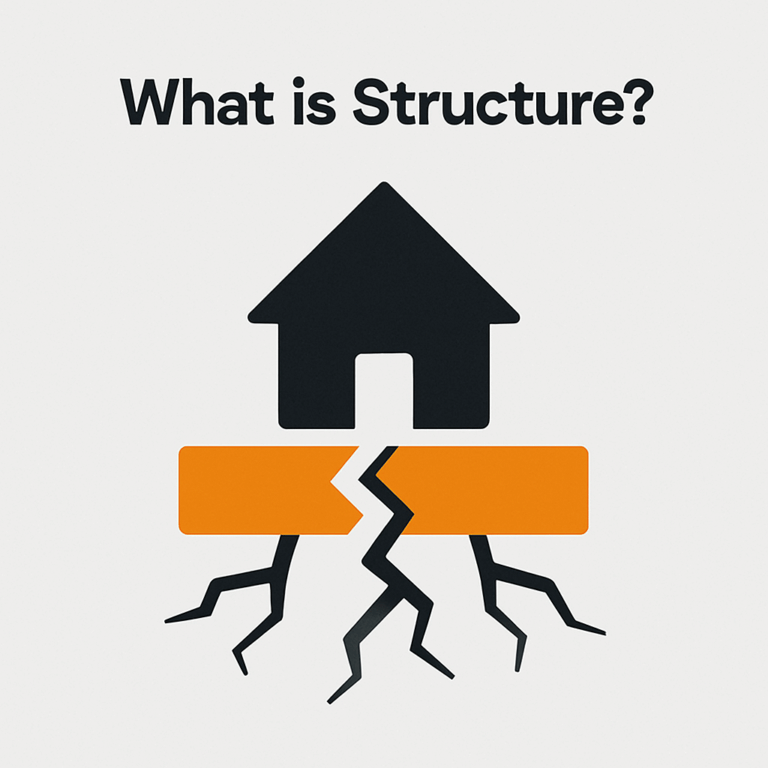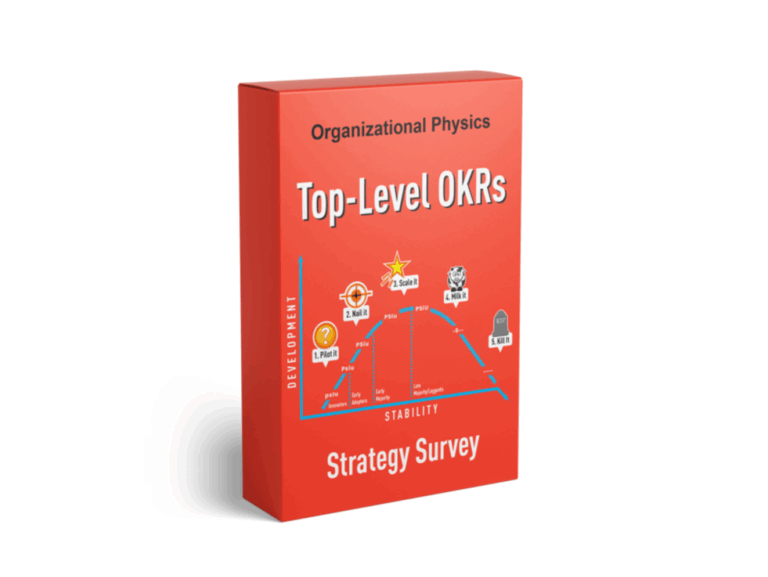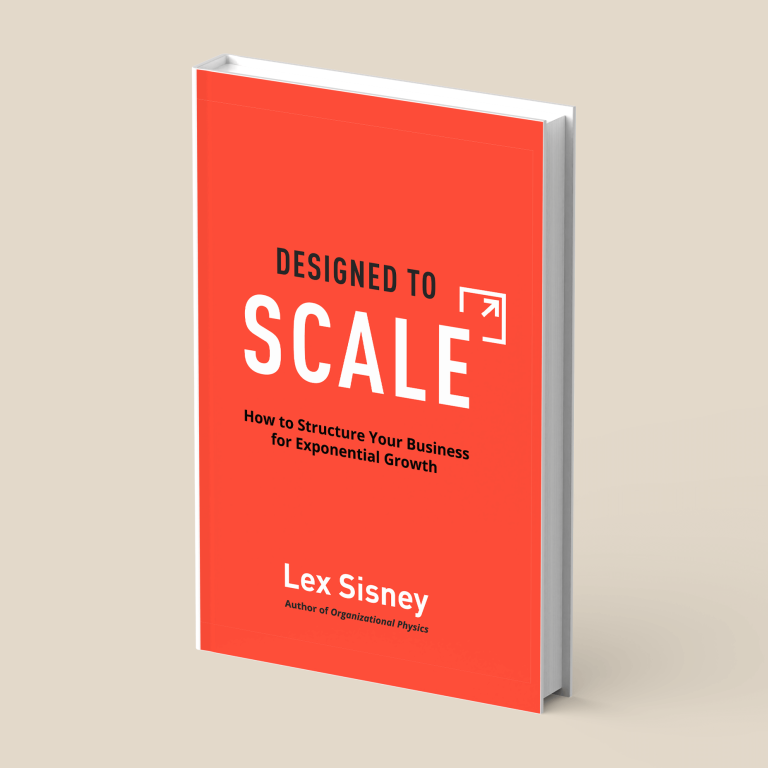
The Physics of Fast Execution
If You Want to Execute Fast, First Gather the Mass! Summary Insight: If your company isn’t moving, it’s not a motivation problem—it’s physics. Learn how to gather your mass, reduce resistance, and scale with momentum. Key Takeaways: Mass is resistance








